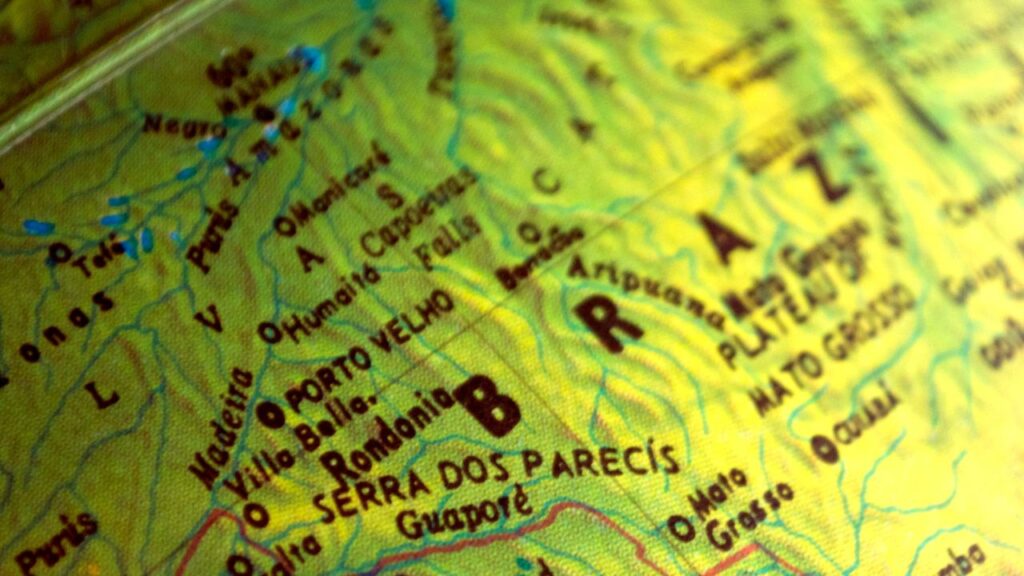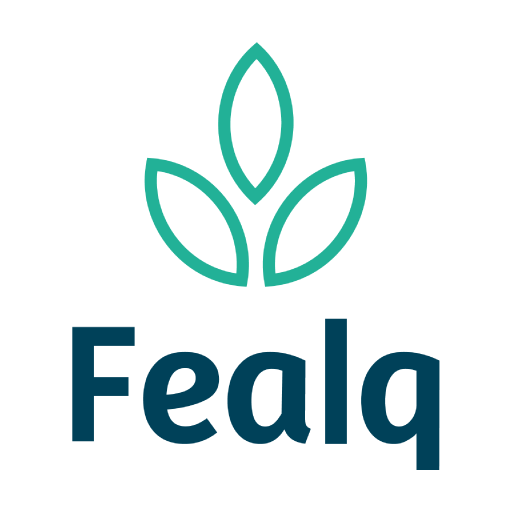Maurício Roberto Cherubin a b , Carlos Roberto Pinheiro Junior a b , Lucas Nogueira Souza a b , Lucas Pecci Canisares a b , Carlos Eduardo Pellegrino Cerri a b
- aDepartment of Soil Science, Luiz de Queiroz College of Agriculture, University of São Paulo, Piracicaba, SP, Brazil
- bCenter for Carbon Research in Tropical Agriculture, University of São Paulo, Piracicaba, SP, Brazil
Highlights
- In Brazil, 74 % of scientific publications on soil health (SH) came from the last decade.
- Research on SH is poorly distributed across Brazilian biomes.
- The Atlantic Forest biome is home to almost half of the sites studied.
- The Amazon and Pantanal biomes are the ones most uncovered by SH research.
- SH index was calculated by only 3 % of scientific publications.
Abstract
Healthy soils are widely recognized as one of the key pathways to building more resilient agroecosystems and ensuring ecosystem services delivery. Hence, identifying the main gaps in scientific research is crucial to establish a governance and promote soil health agenda as well as define the challenges, opportunities, and priorities for action. Here, we used 1968 papers to evaluate the evolution and distribution of soil health research, key assessed indicators, and the main threat addressed into the Brazilian biomes. Our results showed an exponential growth in soil health research in Brazil, as 48.2 % and 73.7 % of scientific publications came from the last 5 and 10 years, respectively. However, the institutions leading the publications and field sites evaluated are concentrated in the Atlantic Forest biome, while huge areas in highly vulnerable and environmentally threatened biomes (e.g., Amazon, Cerrado, Caatinga and Pantanal) are blind spots, having a limited number of research institutions engaged in the subject, as well as limited cover of field studies. Several soil health indicators have been used in scientific publications, but a limited number of them have simultaneously assessed chemical, physical, and biological indicators, or integrated them into a soil health index, which limits a more robust understanding of the impact of land management on soil functionality and ecosystem services delivery. Most studies have been focused on two soil threats: carbon loss and soil (in)fertility, requiring further efforts to address other critical threats, such as biodiversity loss, soil erosion, pollution, deforestation and desertification. Overcoming this gap requires advances on research funding through public-private partnerships and the establishment of scientific collaboration networks to strengthen and expand soil health research and outreach, particularly in uncovered regions. This will contribute to the development of tailored solutions to local/regional challenges based on soil health principles, allowing to expand the adoption of sustainable management practices and reducing threats to Brazilian biomes.





